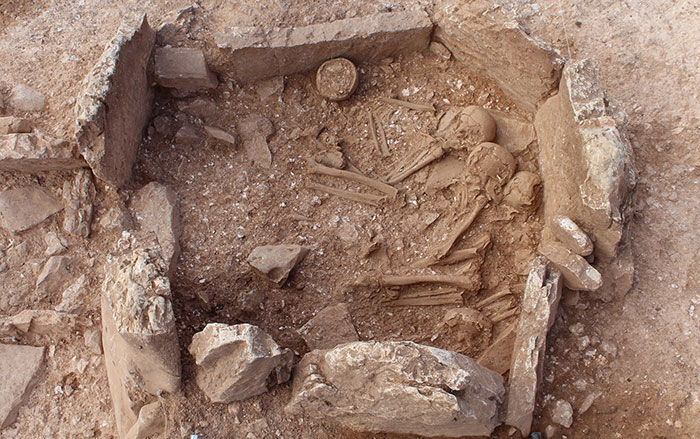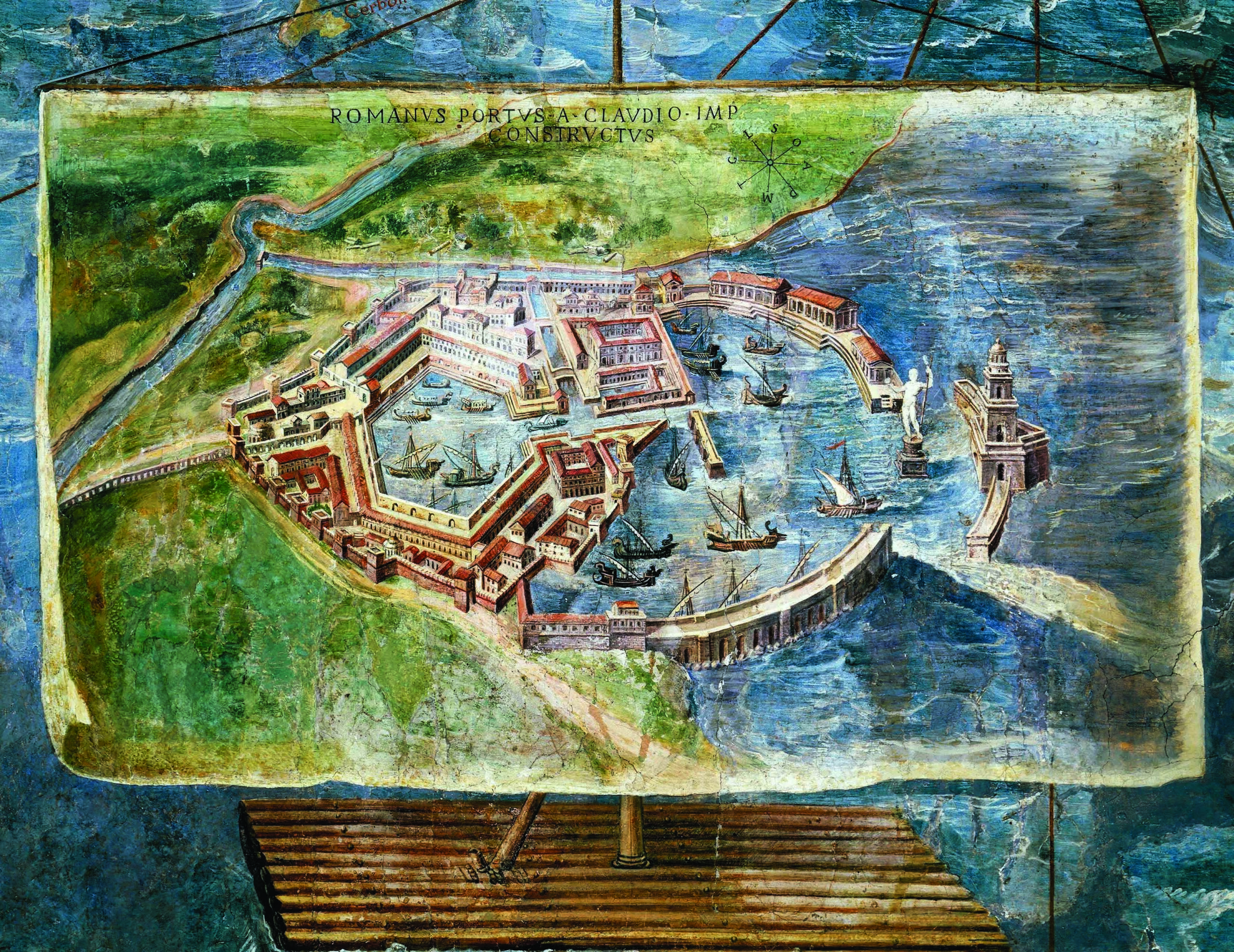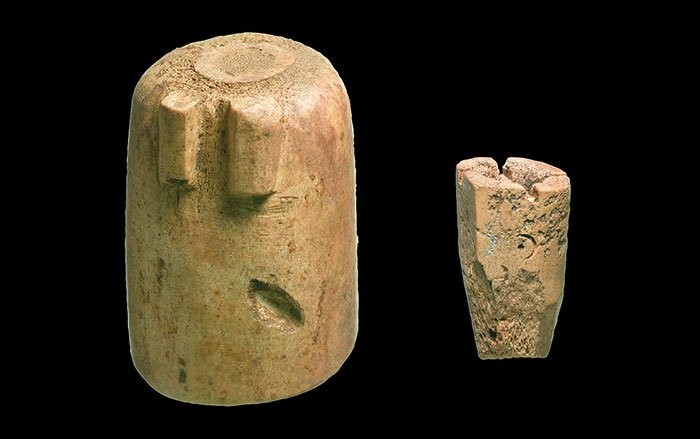
BALTIMORE, MARYLAND—A recent study of the bones of hundreds of people who lived in Europe over the past 33,000 years suggests that the rise of agriculture and the corresponding reduced mobility led to a change in human bones. Christopher Ruff of the Johns Hopkins University School of Medicine and a team of researchers from Europe and the United States took molds of arm and leg bones in museum collections and scanned them with portable x-ray machines. “By comparing the lower limbs with the upper limbs, which are little affected by how much walking or running a person does, we could determine whether the changes we saw were due to mobility or to something else, like nutrition,” Ruff said in a press release. The team found that leg-bone strength began to decline in the Mesolithic era, some 10,000 years ago, while arm bone strength remained fairly steady. “The decline continued for thousands of years, suggesting that people had a very long transition from the start of agriculture to a completely settled lifestyle. But by the medieval period, bones were about the same strength as they are today.” To read more about the evolution of human limbs, go to "No Changeups on the Savannah."










